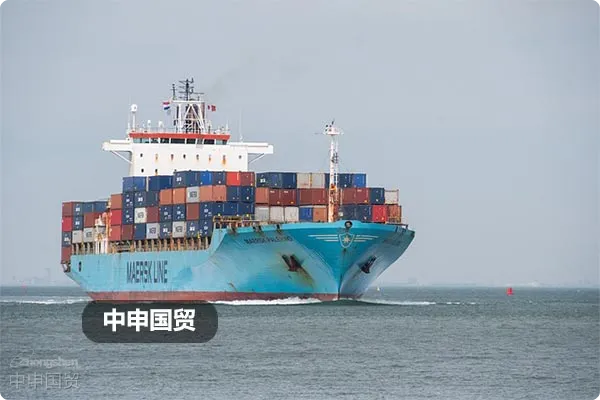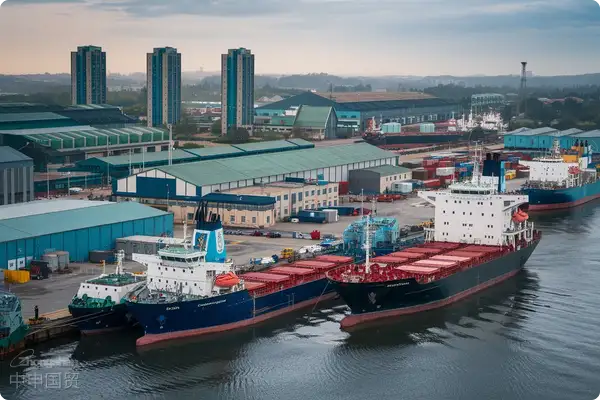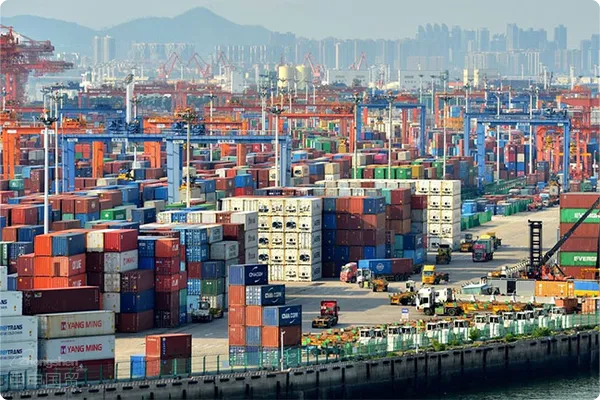- Shanghai Zhongshen International Trade Co., Ltd. - Two decades of trade agency expertise.
- Service Hotline: 139 1787 2118
In the complex network of international trade, the choice of logistics routes significantly impacts a companys operational efficiency and cost control. This is particularly true for companies exporting to Russia, where the decision betweenMaritime Transportationor land transport requires careful consideration.
Land Transport: The Advantage of Proximity
China and Russia share a 4,300-kilometer border, providing convenience for land transport. There are two main land routes: one from northeastern China crossing into Russias Chita Oblast, Amur Oblast, Jewish Autonomous Oblast, Khabarovsk Krai, and Primorsky Krai; the other starts from Xinjiang, passes through Alashankou, and traverses Kazakhstan, Belarus, and other countries before entering Russia.
Land transport primarily includes road and rail transport. Road transport takes longer but is cost-effective for large cargo. Rail transport, especially the emerging full-container rail transport, can safely and efficiently move bulk cargo, though with longer logistics times.
Sea Transport: Extensive Routes
Compared to land transport, sea transport is less commonly used for Russian freight due to Russias high latitude, cold climate, and limited ice-free ports. However, as the most cost-effective and high-capacity freight method, sea transport remains favored by some large companies.
In summary, the choice between sea or land transport depends on a companys specific circumstances and cargo characteristics. This article aims to provide a deeper understanding of Russian freight options and serve as a reference for your export business.

Related Recommendations
? 2025. All Rights Reserved. Shanghai ICP No. 2023007705-2  PSB Record: Shanghai No.31011502009912
PSB Record: Shanghai No.31011502009912










